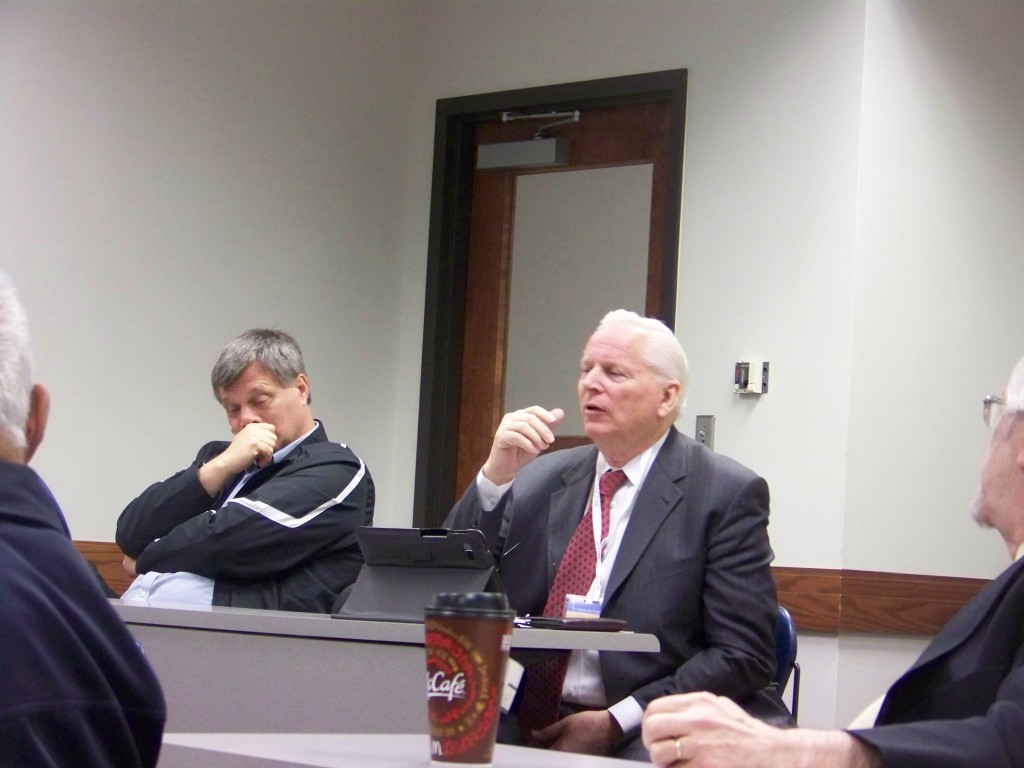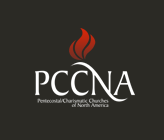How to Work toward Racial Reconciliation

Mel Robeck (center), during a discussion on ecumenism, at the 2014 meeting of the Society for Pentecostal Studies.
The “Memphis Miracle”* was a triumphant moment in the history of Pentecostal race relations in North America. But it was only a moment. Pastors and other church leaders returned to their places of ministry with a great deal of good will. They wanted to do the right thing, but they have not always known how to translate their mountain-top experience into action.
This is understandable. Our histories and experiences are all different. They require different approaches as we move along the process of racial reconciliation. Some pastors and congregations have extensive experience promoting racial reconciliation. Others do not. The following suggestions may be helpful as you consider your next step in this healing process.
- Acknowledge that there is a problem of how we relate to one another across racial and ethnic lines.
- Personalize the problem. Ask yourself what role you play, implicitly or explicitly, that contributes to the present situation, then offer it to the Lord.
- Seek God for wisdom in addressing the problem in your own life.
- Begin to pray regularly for a specific pastor or a local congregation that is of another color or race. As they become part of your regular prayer life, your attitudes toward them should begin to change.
- Seek out one or more individuals of another race and build a relationship. Do not assume that this is a relationship that will only benefit the other person. Open yourself to receive as much as you give.
- Listen to the other person as a peer. Be willing to learn from him or her. This is critical. Do not assume that you have all the answers or that money is the real issue. Move past the level of rhetoric and hear the heart.
- Begin to share with your congregation those things you are learning in your new relationships.
- Be willing to enter into a pulpit exchange across racial and/or ethnic lines. Exchanges may be extended to include a food festival, music, youth activities and cooperative efforts in the community. Together Celebrate their significant cultural events (e.g. Cinco de Mayo, Martin Luther King Day, Chinese New Year).
- Adopt another congregation as a sister congregation. Ask them what contributions you can make to their lives. Ask them what they would like to do for your congregation. Act on those things that are possible to do. Do not over-commit yourself or your resources. It can lead to disappointment. Prioritize.
- Share with other pastors what you are learning and how it has blessed your church.
* The Memphis Miracle was a meeting of North American Pentecostals in October of 1994 where the Racial Reconciliation Manifesto was drafted and signed and the Pentecostal Charismatic Churches of North America (PCCNA) Task Force was formed. See the Spring 2000 issue (Vol 3, No 2) of the Pneuma Review for more information on the “Memphis Miracle” and comment.
From the Summer 1998 (No. 1) issue of Reconciliation, published by the Pentecostal/Charismatic Churches of North America (PCCNA). Used by permission of the author.



